Art for kids
How important is painting for children’s development?
Child development means a continuous change and further development in intellectual, motor, social, emotional and creative respects. Painting supports intellectual development because it promotes spatial intelligence, among other things. Perception of the visual world, transformation, modification and reproduction sharpen the gaze, the “inner image” and the alignment with the resulting image.
Painting in a community means stimulating each other, pursuing common goals and at the same time developing tolerance for other solutions. Emotionally, painting supports self-confidence. Something that is lasting, something that is not lost, inspires children who want to emulate the adults.
“I can make a difference in this world” That’s the message of the children who paint. And of course, creative development is essentially promoted through artistic activity. Being creative also means thinking creatively, daring non-conform solutions, courageously and playfully dealing with difficult tasks. These are skills that are repeatedly demanded later on.
What positive aspects are promoted by painting?
Creative action and painting create courage and self-confidence, self-initiative is encouraged and the willingness to let the imagination run free. Painting supports both fine and gross motor skills, which later becomes important for the acquisition of reading and spelling skills. Eye hand coordination is supported.
Attempting to reconcile what is seen with creative action results in a comparison of proportions. Three-dimensional objects are transported onto two-dimensional space, which promotes abstract logical thinking and visual perception. Children who are painting observe their environment more attentively, so the concentration ability and thus also the entire intellectual development is supported.
Does painting influence the emotional development of children?
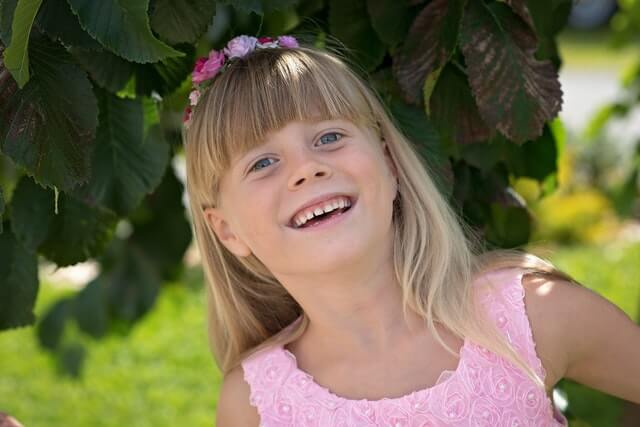
Through the process of creating and acting children experience themselves as self-determined, active beings.
The result fills them with pride, they can hold their “product” in their hands and share it with others.
[box type=”warning”] For this reason, it is important not to evaluate pictures and artistic works in the sense of judging (a judgement) but to value them.[/box]
What is the connection between a child’s creative and cognitive development?
Talents can only be exploited if they can develop. With regard to cognitive development and the capacity shown, there are various giftedness models. In addition to many other influences such as talent, environment and motivation, creativity is a fundamental characteristic that leads to an increase in the performance shown.
Creativity is the ability to combine ideas, information and things in an original, i. e. unusual and innovative way.
Creativity in thinking, for example, means divergent thinking, i. e. thinking in different directions that does not aim at the closest solution of a problem, but looks for unusual solutions. Creative thinking also means flexible thinking.
This creativity in thinking is fostered by the child’s work in painting and creative activity, so that ultimately every creative expression in the child’s activity means a positive influence on cognitive development.
What kind of information do images or the choice of forms, colours or motifs provide about a child’s cognitive abilities?
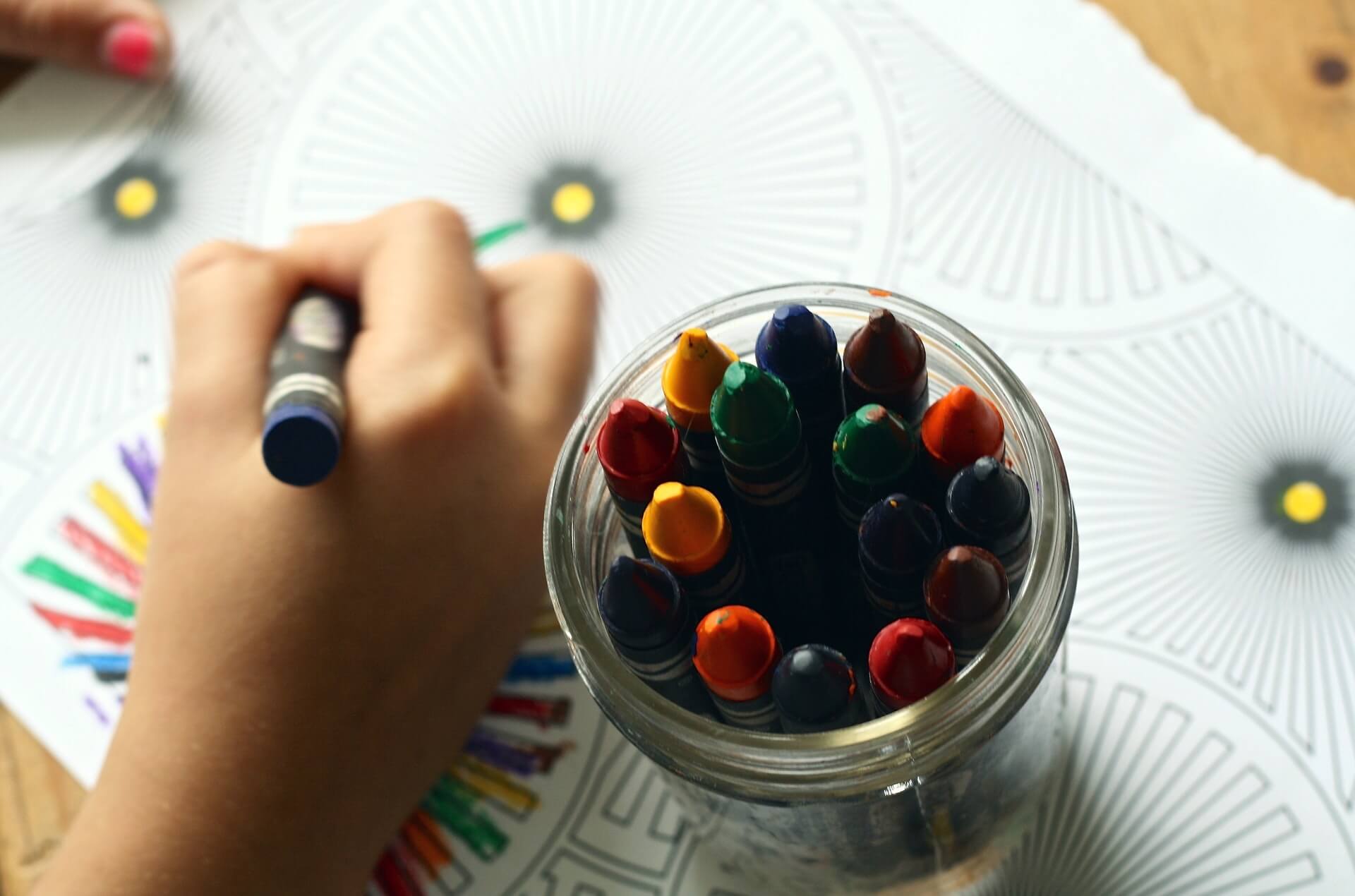 The recognition of colours, the naming and tracing of forms and simple motifs are an essential component of the children’s medical check-ups from the 3rd to the 9th year of life. The first arithmetic skills can be seen, for example, by estimating and painting quantities and proportions. In standardised intelligence tests, which can be used in development reviews from the age of 7 months onwards and in differentiated intelligence reviews from the age of 2 years and 6 months onwards, this knowledge provides essential information about intellectual performance.
The recognition of colours, the naming and tracing of forms and simple motifs are an essential component of the children’s medical check-ups from the 3rd to the 9th year of life. The first arithmetic skills can be seen, for example, by estimating and painting quantities and proportions. In standardised intelligence tests, which can be used in development reviews from the age of 7 months onwards and in differentiated intelligence reviews from the age of 2 years and 6 months onwards, this knowledge provides essential information about intellectual performance.
The so-called “man sign test” allows, for example, the very rough determination of the “man sign age” or “man sign quotient”, i. e. the assessment of a child’s level of development in comparison to peers. However, it also allows a certain assessment of a child’s mental state, but only in knowledge and in connection with further investigations.
How do parents/teachers recognize that a child’s creativity is above or below average?
(Otherwise: is there a special talent in the area of creativity, as well as a sporting or musical talent? How can you recognize them?
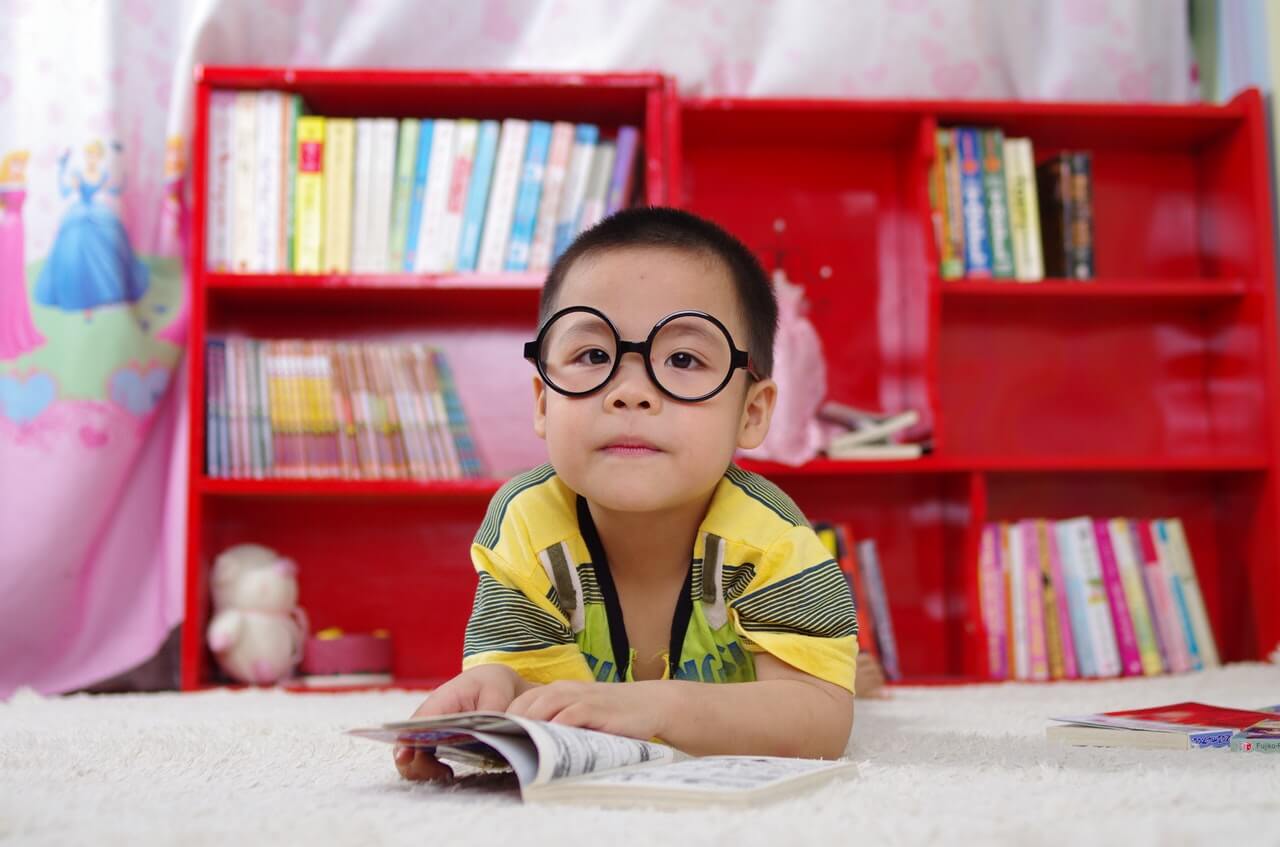 The question of talent in the field of creativity is very complex.
The question of talent in the field of creativity is very complex.
Indeed, there are artistically creative children who already notice early on, seldom from the age of 3 or 4, because they have a special artistic expression ability, because they are relatively sure in proportions or draw three-dimensionally, for example, early on. In most cases, these children are very skilled in fine and visuomotor skills.
In the Munich Highly Gifted Test (MHBT), for example, there is a checklist to assess creativity for primary school.
Curiosity, creative and inventive thinking or even intellectual agility are judged by parents and teachers.
Mark Chagall, for example, was a bad student. But he also had his strong fans. “My favorite part was geometry. I couldn’t be beaten in that. Lines, angles, triangles and squares took me into seductive distance. Already at the age of 4, he told his mother that he wanted to become an artist and was not prepared to compromise.
However, special talents in the field of creativity and especially painting can also be shown in every later age, in which the kind of expertise development differs from, for example, music. Biographies of artists who have only begun to work as artists at a later age should encourage everyone to indulge in their creative tendencies at every stage of life.
How, when and why do children like to paint best?
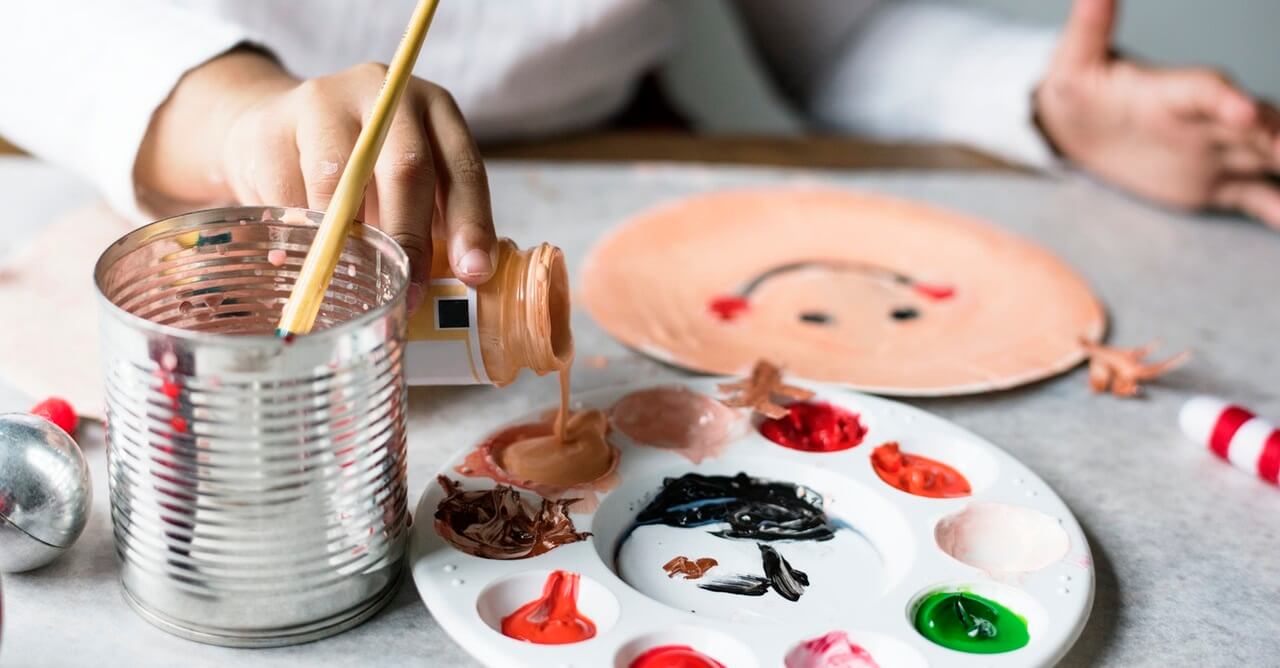 Painting succeeds in almost every place. With fingers in the sand, with sticks in the ground, with a ballpoint pen in the restaurant while waiting. In my experience, children are particularly happy when they can paint extensively, for example on old sheets or on large canvases or wallpapers.
Painting succeeds in almost every place. With fingers in the sand, with sticks in the ground, with a ballpoint pen in the restaurant while waiting. In my experience, children are particularly happy when they can paint extensively, for example on old sheets or on large canvases or wallpapers.
How can parents/teachers teach children to enjoy painting?
Painting should be a natural and permanent part of the children’s lives, so that even less skilful children should not build up an inner hurdle and dare to take on artistic tasks with different materials at any time. Children are encouraged to act creatively by adults.
How can parents/teachers promote children’s creativity?
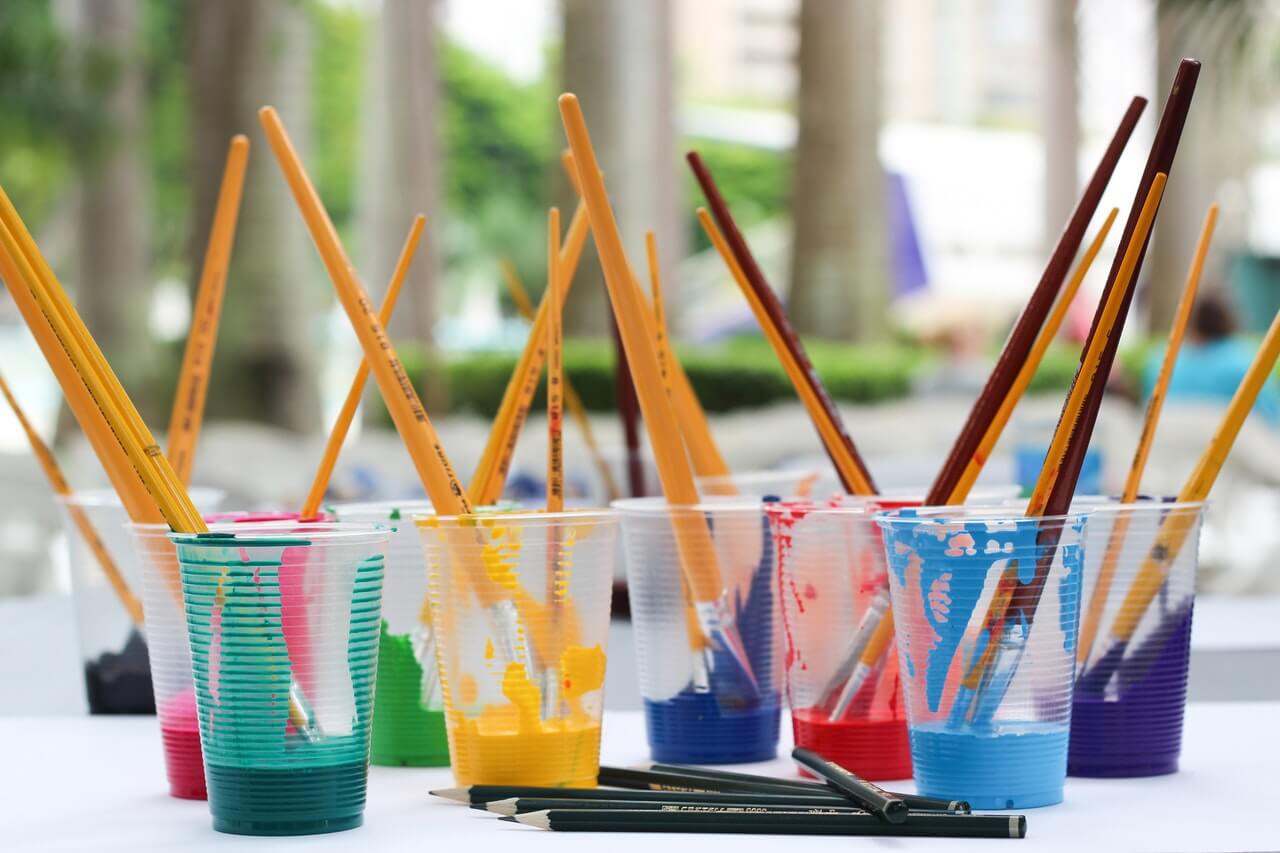 Creativity can be fostered by appreciation of what has been created and a wide range of possibilities. Adults should give suggestions without giving too much guidance. Artistic design with finger paints, gauze, brushes, brushes, sponges, egg tempera paints, crayons and many other materials allow almost unlimited possibilities, which also do not have to satisfy any economic requirement.
Creativity can be fostered by appreciation of what has been created and a wide range of possibilities. Adults should give suggestions without giving too much guidance. Artistic design with finger paints, gauze, brushes, brushes, sponges, egg tempera paints, crayons and many other materials allow almost unlimited possibilities, which also do not have to satisfy any economic requirement.
Shaping together within the family or a group is also important and joyful and often a new experience for the adults. Wish lists for birthdays, recipes, invitations, diaries and much more can also be illustrated. In this way, the children are taught that images also contain messages and represent an opportunity to express emotions and ideas.
Should parents/teachers instruct children in painting and/or evaluate the pictures afterwards (constructive criticism)?
Children should be given a lot of freedom to choose colours, shapes and materials independently. Both the process of creation and the result should be valued, but not evaluated in the sense of “good” or “bad”. Even a few critical remarks can slow down children with a weak self-esteem, so that they do not have the confidence to take on new tasks in the course of their lives. Of course, older children and adolescents can be taught and supported with regard to their techniques and theoretical knowledge.
Which materials/creative products do children prefer at what age and by which materials/creative products can creativity be best encouraged?
There are no restrictions on materials or products. Everyday objects as well as painting and writing utensils, natural materials, all colours and products support the development of creativity. However, care must be taken at all times, and especially with children, to ensure that products are free of health hazards and that adults are adequately supervised.

How has the painting behaviour of children changed in recent years?
Especially against the background of the development of the media, the painting behaviour has changed significantly in recent years. More and more children are sitting in front of the TV or the computer for many hours in their old age, so that creative activities often become stunted. This has far-reaching consequences for social, emotional, but also motor, visuomotor and visual development with all the negative consequences.
In your opinion, does the use of new media have an impact on the development of creativity?
 There are certainly some good TV productions or computer offers that can give helpful hints for creative actions or also promote creativity in a certain context directly. The extent to which these are really indispensable must be critically examined. Parental stimulation and a child-oriented environment are sufficient to stimulate children’s imagination, especially in the early years of life.
There are certainly some good TV productions or computer offers that can give helpful hints for creative actions or also promote creativity in a certain context directly. The extent to which these are really indispensable must be critically examined. Parental stimulation and a child-oriented environment are sufficient to stimulate children’s imagination, especially in the early years of life.
The world of creativity is changing, especially for older children who spend many hours in front of the computer playing games. As a rule, computer games are characterised by the fact that they are highly predictable, that the logical structure of cause and effect relationships is involved, and that there is little room for intuitive thinking and action. Little mental agility (flexibility) is required, nor is there any claim to originality in finding solutions.
Above all, the fact that the user has to have little endurance and patience in order to experience reactions to his actions leads to the fact that the willingness of children to endure an arc of tension and have to anticipate consequences first in order to be able to compare them with reality later on is less and less demanded. Especially when it comes to painting, however, it is an important experience to let the time work for you, such as waiting for and using drying processes for watercolours or oil paintings.
Can painting programs on the computer/Apps replace classical painting?
No, there’s no way they can. It is true that some things can also be learned on the computer in relation to painting. However, the premature use in children is rather detrimental, since the results are initially temptingly concrete and realistic, for example, and the children can thus be discouraged from undertaking their own artistic task in a research-based, experimental, curious and interested manner. There is a risk of losing concrete material experience, working on the PC is a non-sensual experience.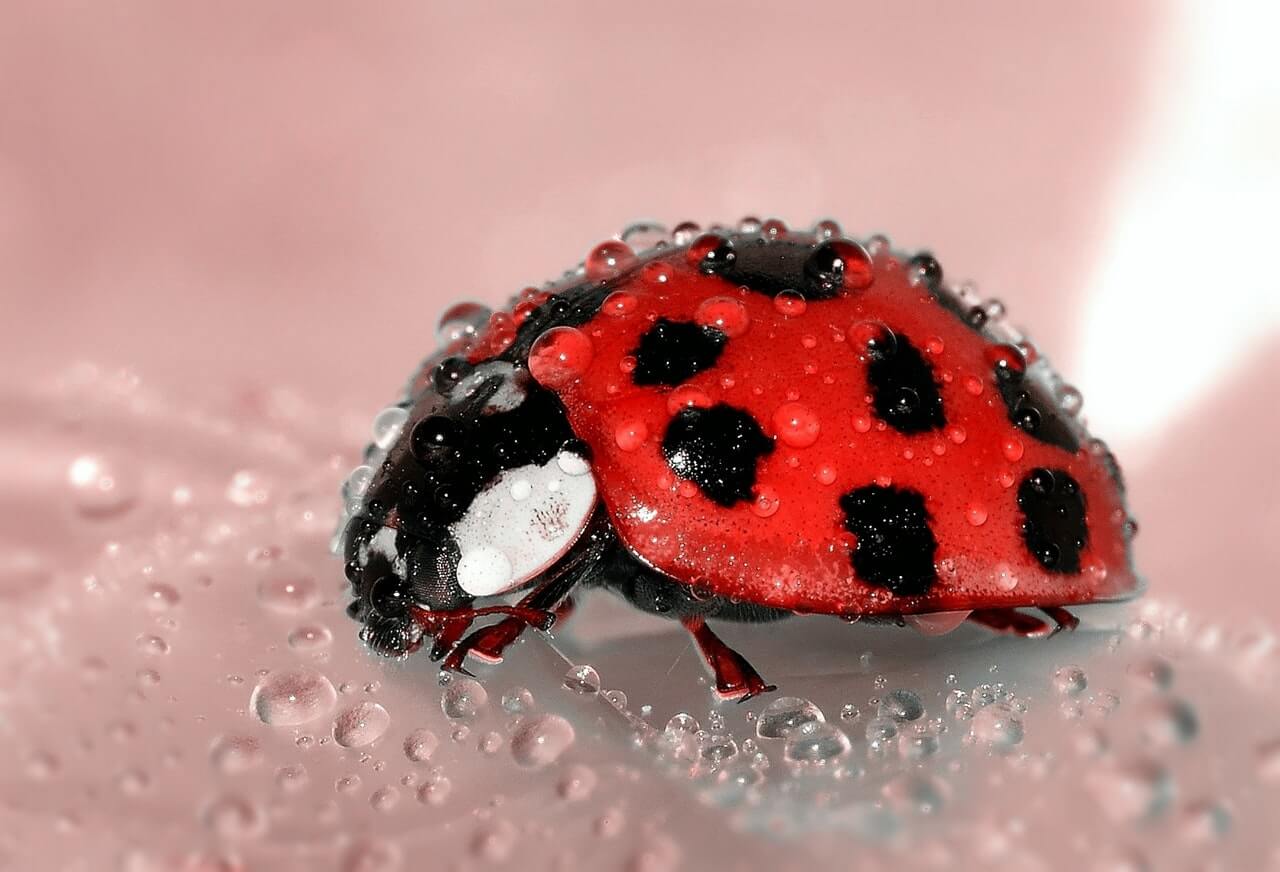
Positive aspects are the fact that children’s fear of mistakes can also be taken away. Computer results can be corrected, they can be fixed in any state and are also reproducible. We need to look at the impact of such provision on children. Our brain is programmed in such a way that the topics that are often offered leave their traces. The keyword is use-dependent nDollarplasticity. If we offer our brain “coloring on the computer”, then there will be a brain morphological change, so that “coloring on the computer” will be more and more successful. In return, however, the area “colouring with paper and coloured pencils” diminishes accordingly.
https://www.youtube.com/watch?v=Dqp8M3409sM

